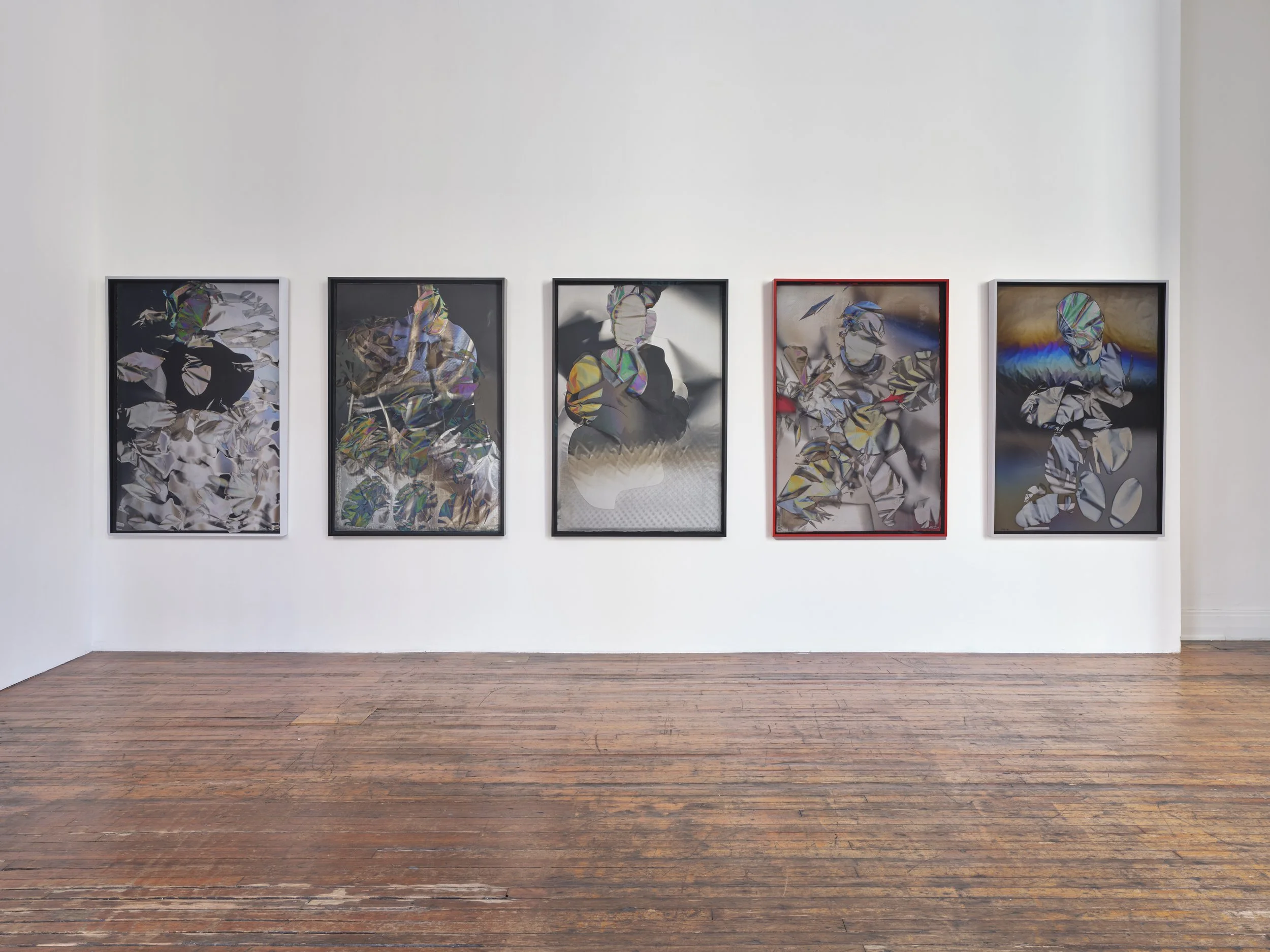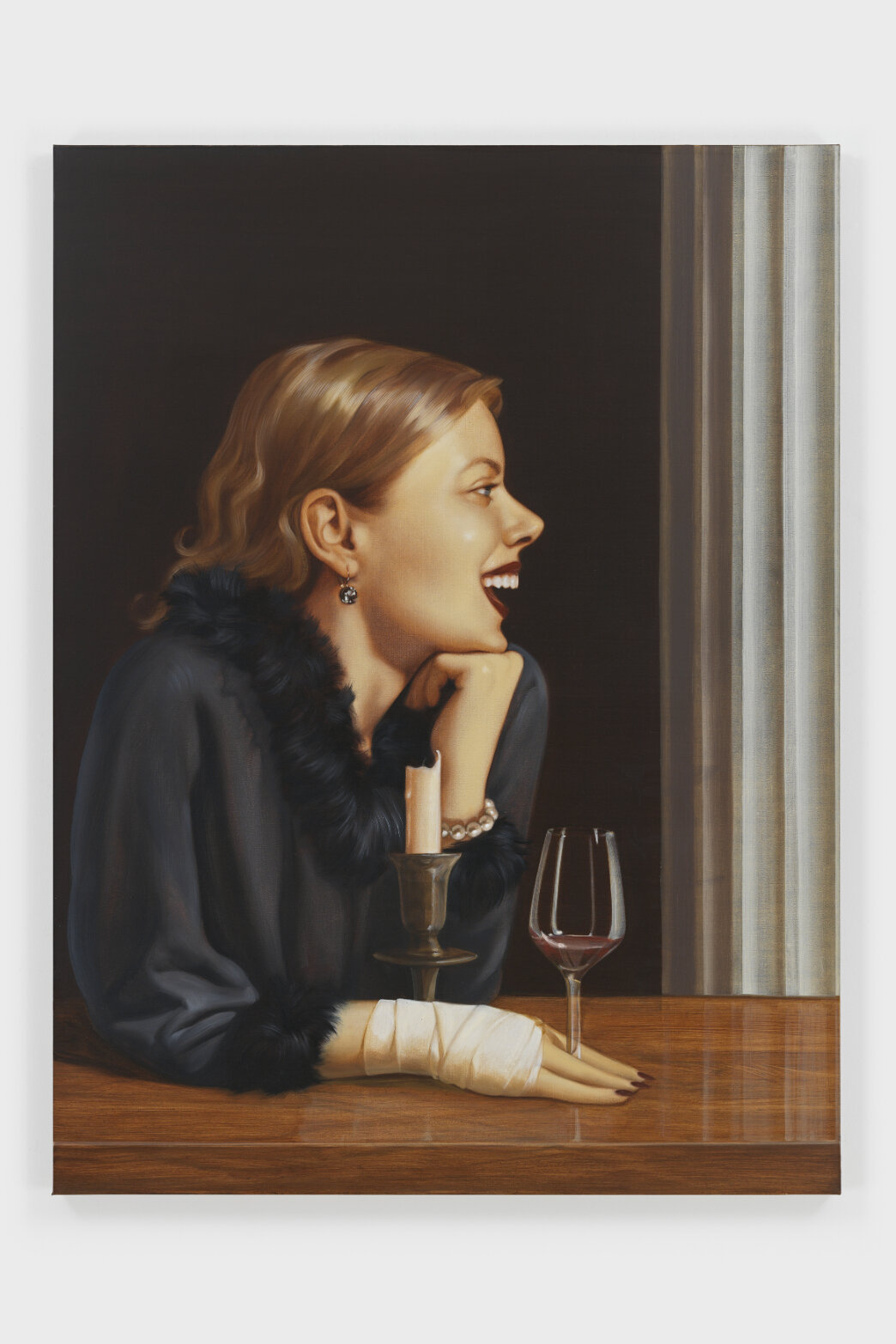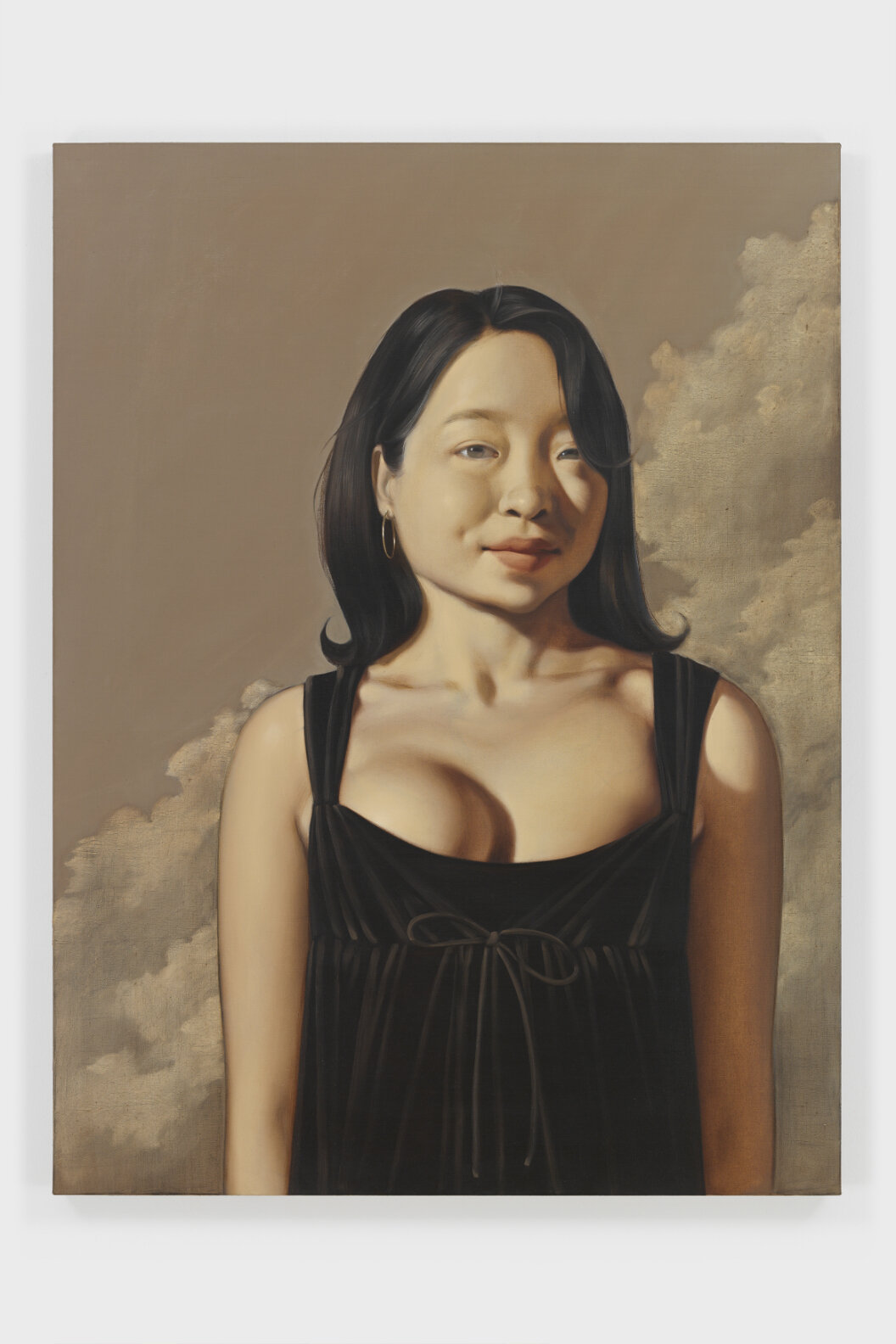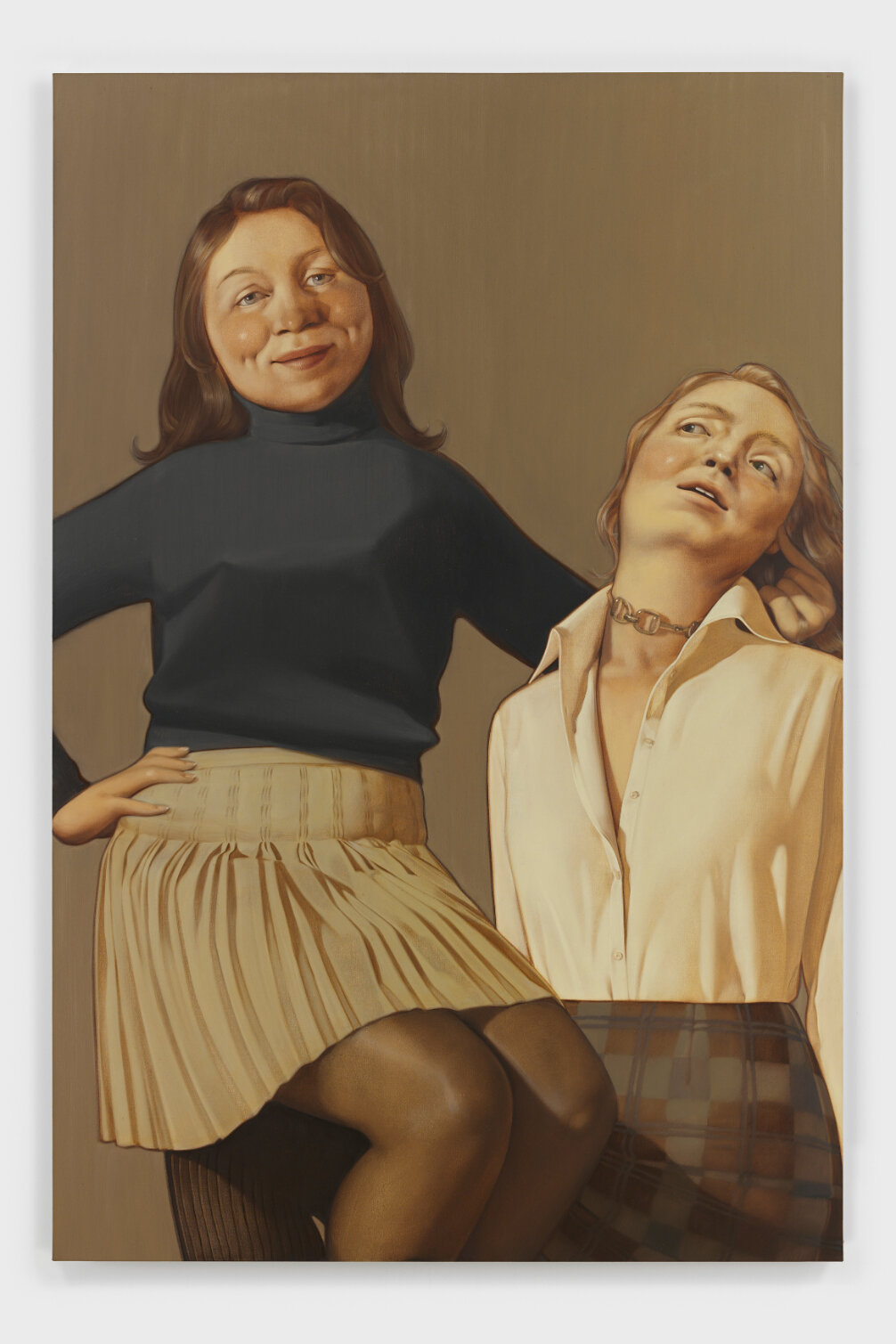Larry Bell with Pacific Red II. Photography by Matthew Millman, San Francisco
introduction by Isabella Bernabeo
interview by Bill Powers
For over six decades, Larry Bell has skillfully molded contemporary art in America. Born in Chicago in 1939, Bell moved to the West Coast to study at the Chouinard Art Institute in Los Angeles, the historic precursor to CalArts.
There, Bell became a member of Los Angeles’s Cool School, a rebellious group of artists, largely represented by Walter Hopps and Irving Blum of Ferus Gallery in the 1950s and ’60s, who brought modern-day avant-garde to the West Coast. Alongside Ed Ruscha and Robert Irwin, Bell is one of the last living members of the School. As a foundational figure in the Light and Space movement, Southern California’s take on Minimalism, which often employed industrial materials and aerospace technology to explore the ways that volume, light and scale play with our sense of perception, Bell made innovative work that experimented with the interconnections of glass and light and their relations to reflection and illusion.
His most notable works involve his creation of semi-transparent cubes made out of vacuum-coated glass to form an immersive experience as the art melts into space. Recently, six of Bell’s cubes have been installed in Madison Square Park, where they will be on view until March 15, 2026. Improvisations in the Park carries on Bell’s legacy, but with a twist. Instead of their typical white cube environment, they have been placed outside to interact with the constantly changing elements, causing a new perception almost every hour.
This idea, related to the flexibility of perception, is also highlighted in Bell’s recent series of collage works, Irresponsible Iridescence, on view now at the Judd Foundation in New York. These collages poured out of Bell after the passing of his wife two years ago, sharing a more emotional side of his work with audiences. They also subtly allude to the close friendship between Bell and the late Donald Judd. It was Bell who convinced Judd to build this now-historic organization in Marfa, Texas, rather than El Rosario, Mexico, impacting American art history forever.
Blues from Aspen, 2018
Lagoon and true fog laminated glass
Each pane: 72 x 92 x 92 inches (182.9 x 233.7 x 233.7 cm)
Courtesy the artist, Hauser & Wirth, and Anthony Meier Fine Arts. Commissioned by Madison Square Park Conservancy. Photo: Timothy Schenck.
BILL POWERS: How does your work operate differently when it’s outside?
LARRY BELL: I’m just finding out for myself because the Madison Square Park project is the first installation I’ve done with rocks and trees and grass around. I’ve had work outside in courtyards and walled-in areas and next to swimming pools, but never in a jungle like this with squirrels hopping along and birds shitting on them.
POWERS: In Rose Macaulay’s book, The Pleasure of Ruins (1953), she says that a man-made object only knows its worth when it is left to battle it out in the elements without custodianship.
BELL: Everything has its time of being and a right to patina. Some people don’t like to see a patina on a sculpture because they think it alters the work somehow. I’m from a different point of view.
POWERS: In the same vein, I don’t think I’ve seen a Marcel Duchamp where the glass hasn’t cracked by now. That doesn't mean MoMA is throwing them away.
BELL: You know Marcel Duchamp came to visit my studio in 1962. He came with Richard Hamilton and the surrealist painter William Copley.
POWERS: William Copley also had a short-lived gallery in Beverly Hills where he exhibited Man Ray and Joseph Cornell. I believe Duchamp was an unofficial advisor for the gallery.
BELL: I was maybe twenty-two years old and there was a knock on my front door in Venice. Now, I ignored it because only building inspectors would try that entrance. All my friends knew to come through the back. So, after twenty minutes of this gentle rapping on my front door, I look out through this peephole and see three guys outside who don’t look like building inspectors. I open up and instantly Copley puts his hand out and says, “Walter Hopps sent us to see you.” Now Walter was a dear friend of mine so I invited them inside.
Blues from Aspen, 2018
Lagoon and true fog laminated glass
Each pane: 72 x 92 x 92 inches (182.9 x 233.7 x 233.7 cm)
Courtesy the artist, Hauser & Wirth, and Anthony Meier Fine Arts. Commissioned by Madison Square Park Conservancy. Photo: Timothy Schenck.
POWERS: And did you recognize Marcel Duchamp?
BELL: See, the thing is, I was a bit deaf even back then. When Copley introduced the other guests I didn’t really catch the name and just figured they were rich collectors or something.
POWERS: Probably better not to know you had living legends visiting you.
BELL: So, I’m giving them a tour of my studio and Hamilton is explaining to the other two men how something was made.
POWERS: The fabrication of it?
BELL: Yes, but in fact he was incorrect in his assumption so I jumped in the conversation to clarify when Copley says, “Now Marcel didn’t you do this in a certain way,” I heard the name Marcel and finally put two and two together. I must have completely frozen up because they left a minute later. The studio visit was over. I couldn’t talk anymore. Duchamp was in town, I found out later, to discuss his Pasadena Museum show with Walter Hopps.
POWERS: And that was your last encounter?
BELL: No, a couple of years later, I did a show in New York at Sydney Janis—a group exhibition on 57th Street—and Duchamp invited me over for tea. His wife, Teeny, answered the door and said, “Marcel is waiting for you in the parlor.” I walked into this incredible little room and there he was: a Brancusi to my right, a Man Ray to my left, a Max Ernst over here. He greeted me warmly and then Teeny brought out a tray of milk and cookies.
POWERS: Wow, a couple of real bad boy artists, huh?
BELL: We chatted a while and then I asked him if he was doing any shows and when he had made the work. And Marcel said, “Ooh, when I was six or seven.” He was saying he started the work when he was six or seven years old.
POWERS: A joke about how all creativity springs from childhood.
BELL: I remember he smoked these little cigars, which he held between his ring finger and his middle finger. I smoked cigars back then too but I never saw anyone hold them like that.
Installation view Irresponsible Iridescence, September 29, 2025–January 31, 2026, Judd Foundation, 101 Spring Street, New York. Photo Timothy Doyon ©️Judd Foundation. Art ©️Larry Bell. Donald Judd Art © Judd Foundation / Artists Rights Society (ARS), New York.
POWERS: Was the Venice Beach Mafia a term you accepted being grouped into? Meaning the group of artists working in that area in the 1960s: you, Ken Price, Billy Al Bangston, Charles Arnoldi, Ed Ruscha.
BELL: I’ve actually never heard that term before but it sounds like the type of thing Judy Chicago might have called us.
POWERS: What is the rarest kind of light? Some might argue it’s the Northern Lights but I would say it’s the green flash at sunset.
BELL: I’ve seen that in Venice. More than once. At first I thought something was wrong with my eyes. I believe it’s related to the sunlight going through the water at eye level for a split second.
POWERS: Are there any colors you gravitate towards?
BELL: I like reds and blues. They do things to your eye. The blues are close to ultraviolet and the reds are close to infrared. You can’t see ultraviolet and you can’t see infrared either, but there are energies at work with those colors you can feel. I like the idea of making things that you can feel.
POWERS: Ellsworth Kelly has some color combinations like that, which dance in your eye and are almost impossible to photograph.
BELL: He was a friend of mine, Ellsworth. a gentleman.
Blues from Aspen, 2018
Lagoon and true fog laminated glass
Each pane: 72 x 92 x 92 inches (182.9 x 233.7 x 233.7 cm)
Courtesy the artist, Hauser & Wirth, and Anthony Meier Fine Arts. Commissioned by Madison Square Park Conservancy. Photo: Timothy Schenck.
POWERS: One of your art catalogues is named Time Machines. Is that after the book?
BELL: Have you ever read “The Invisible Man” by HG Wells? There’s a scientist named Griffin whom I feel a certain kinship with. In the story he develops a potion, which makes tissue invisible. The effect is that the body no longer absorbs light. It will pass through it. But no one from the establishment believes in his invention. He was met with ridicule and I empathize with the character. Anyway, before he tries out the potion on a person he feeds some to his landlady’s cat, which makes the animal invisible except for the pupils of its eyes. I had a large sculpture at my studio I’d just made and my daughter who was six years old walked into the center of it, and all I could see through the glass were the pupils of her eyes. So, I named the sculpture “The Dilemma of Griffin’s Cat.”
POWERS: You have said that glass does three things with light: absorb, transmit, and reflect. Which is most essential to activating your work?
BELL: I can say that the most tenuous of the three is absorbed light—that which penetrates and sticks with you.
POWERS: How did you come up with that pink carpet for your Dia Beacon piece?
BELL: It started because the building is an old factory. The room where my sculpture is situated is where they used to print the boxes for animal crackers. When they removed all the heavy machinery, there were big holes in the floor. So, I said, “We can’t do this project unless we have a pedestal or carpet underneath to level out the surface. Finally the curator agreed, and while we were sitting there she asks me, “What color are you going to make the carpet?” At that moment, her assistant was walking by wearing a pink sweater. I pointed at it and said, “THAT color!”
POWERS: Thank god the woman didn’t wear a gray turtleneck to work that day.
BELL: It was intuition and spontaneity and happenstance all rolled into one. I learned that from my teacher Robert Irwin: as an artist you have to trust yourself.
POWERS: You have a show opening at Judd Foundation in SoHo.
BELL: Don [Judd] was the first artist in New York to buy a work from me out of the studio.
Irresponsible Iridescense is on view through January 31 @ Judd Foundation 101 Spring St, New York
Improvisations in the Park is on view through March 15 @ Madison Square Park
Installation view Irresponsible Iridescence, September 29, 2025–January 31, 2026, Judd Foundation, 101 Spring Street, New York. Photo Timothy Doyon ©️Judd Foundation. Art ©️Larry Bell. Donald Judd Art © Judd Foundation / Artists Rights Society (ARS), New York.














